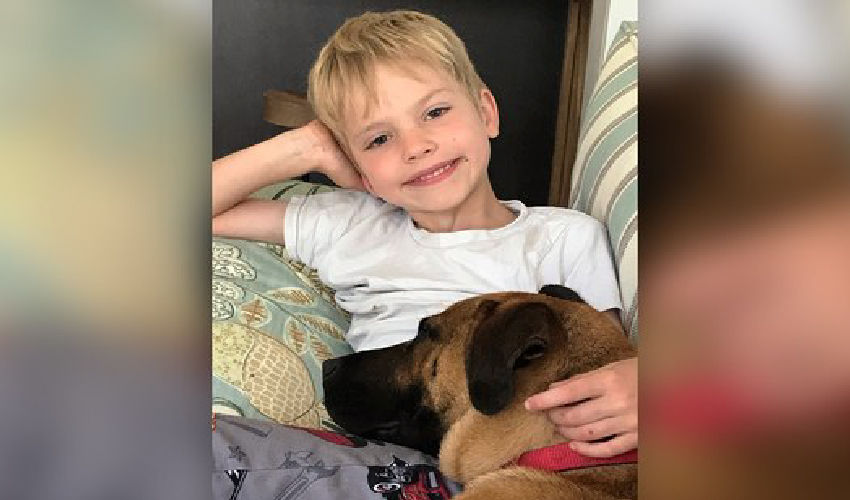Mom Blazes Path to Cure for Son’s Rare Disease
Author: Neha Pathak, MD
Published On: 02/27/2019

Feb. 27, 2019 -- When her son was born in 2011, Nicole Henwood, MD, noticed a small, white patch of skin on his thigh. A few years later, she noticed two new, darker-colored spots. She didn’t think much about them after doctors told her there was nothing to worry about. At 6, A.J. was a smiling, energetic boy who loved to adopt animals and entertain his family with his plans to become a baseball player, wondering if he should be a pitcher or play first base.
When A.J. started school, his pediatrician noticed that his vision wasn’t quite as sharp as expected. Henwood, who lives in suburban Philadelphia, brought him to a pediatric eye doctor for what she thought was a routine evaluation for glasses. This led to an appointment with an eye cancer specialist for a concerning “freckle” on his retina. She spent the next few hours sobbing in the office after the doctor told her that the spots in his retina combined with the patches on his skin made neurofibromatosis 2 (NF2) the most likely diagnosis. Suddenly, A.J. had a crippling, rare genetic disease that would cause tumors to grow in his brain and along his nerves, and there was no cure. The disease affects 1 in 30,000 people worldwide.
“For the first month after A.J.’s diagnosis, I cried every day and could barely get myself out of bed,” says Henwood, an anesthesiologist. She and her husband, Andy, a Naval officer, said they felt lost, alone, and devastated at the thought of watching their son deteriorate in front of their eyes.
Further tests to confirm A.J.’s NF2 diagnosis showed tumors on both of his hearing nerves. He also had a benign brain tumor called a meningiomadangerously close to several blood vessels and nerves, several small tumors in his lower spine, and small tumors, called hamartomas, in both of his eyes. Though he doesn’t have symptoms from these tumors yet, it is only a matter of time before they start to cause problems. A.J.’s neurologist told Henwood and her family that the best course of action was to teach her son sign language so that he can communicate when he loses his hearing.
Beyond that, they would watch each tumor to check for growth and watch for new tumors, deciding if they needed to intervene. Currently, surgery, and in some cases radiation, are the only options to remove tumors when they cause severe symptoms. Both can cause more damage to underlying nerve and brain tissue.
With no hope for effective treatment options on the horizon, Henwood and her family decided to fight for a cure on their own.
“I just woke up one day with a fire in my belly and decided that I wasn’t going to let this happen to my son.”
Click here to read more.
Want to view archived newsletters? Click Here!
Newsletter
Sign up to receive the latest neurofibromatosis news and information in your inbox!
Subscribe